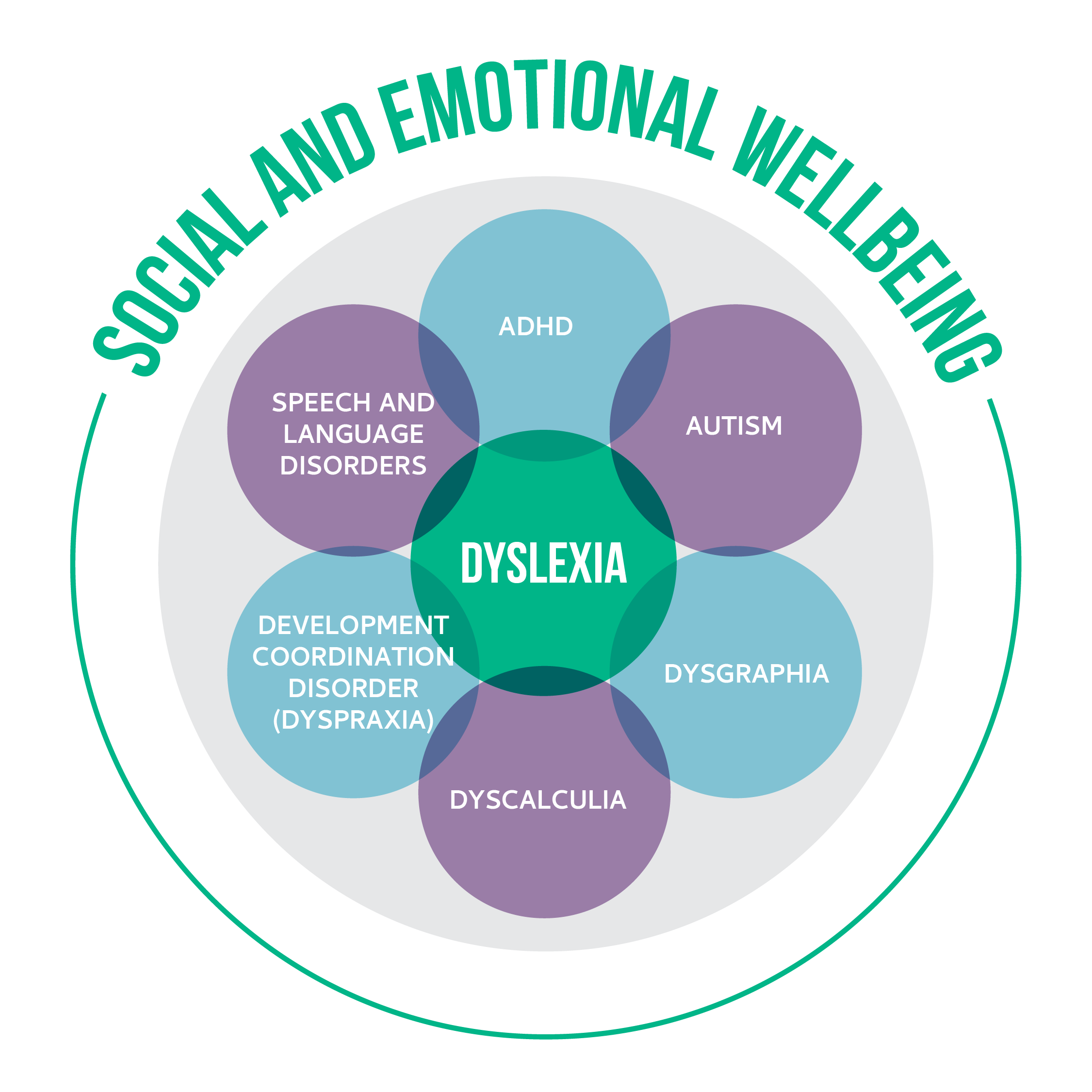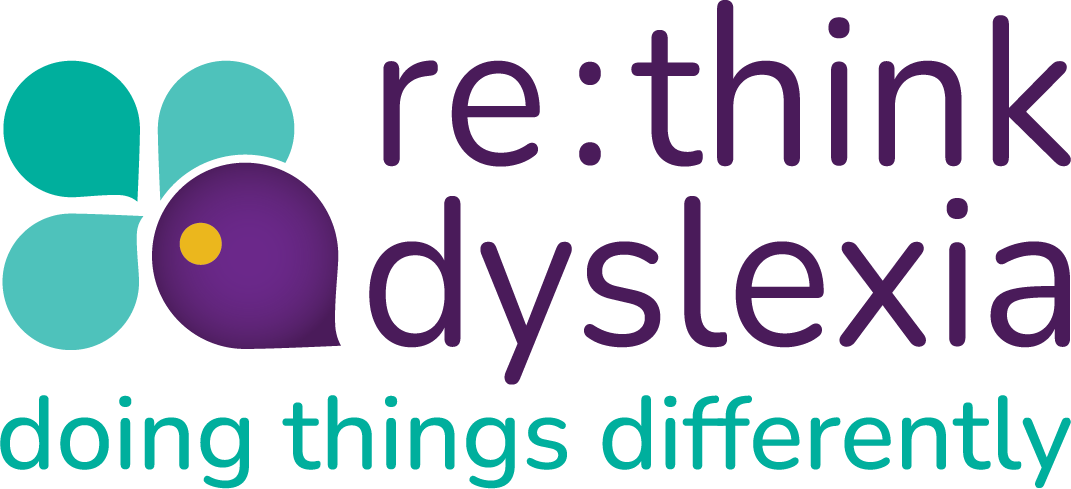

Dyslexia and dysgraphia
Up to 30% of individuals with dyslexia may also experience dysgraphia (McBride, 2019). Dysgraphia, a specific learning disorder impacting the expression of symbols and words in writing, affects approximately 3-15% of the general population (Döhla & Heim, 2015; McBride, 2019; McCloskey & Rapp, 2017). This condition brings about motor control difficulties, affecting the essential processes required for handwriting, as well as visual-spatial challenges that can hinder the acquisition of writing skills, including spelling and handwriting.
Interestingly, dysgraphia can persist despite individuals having ample learning opportunities and does not necessarily result from any evident neuropathology or sensory-motor dysfunction (Drotár & Dobeš, 2020; McBride, 2019; McCloskey & Rapp, 2017). Recognizing and addressing dysgraphia is vital in supporting those affected by this learning difference.
People with dysgraphia often experience illegible handwriting, struggle with spacing things out on paper or staying within margins due to poor spatial planning, and display frequent erasing, along with inconsistencies in letter and word spacing. Additionally, they may face challenges with spelling, such as leaving words unfinished or omitting letters (Berninger & Amtmann, 2003; Berninger et al., 2008; McBride, 2019; McCloskey & Rapp, 2017).
It is important to note that while dyslexia and dysgraphia are distinct disorders, there is a significant correlation between them. Understanding this connection helps us tailor our support and interventions effectively.
Life with dysgraphia
For people who have dysgraphia, assistive technology is a real boon. With computers and speech to text technology, the need to use handwriting can be minimised, allowing them to achieve their potential.
Learning more:

